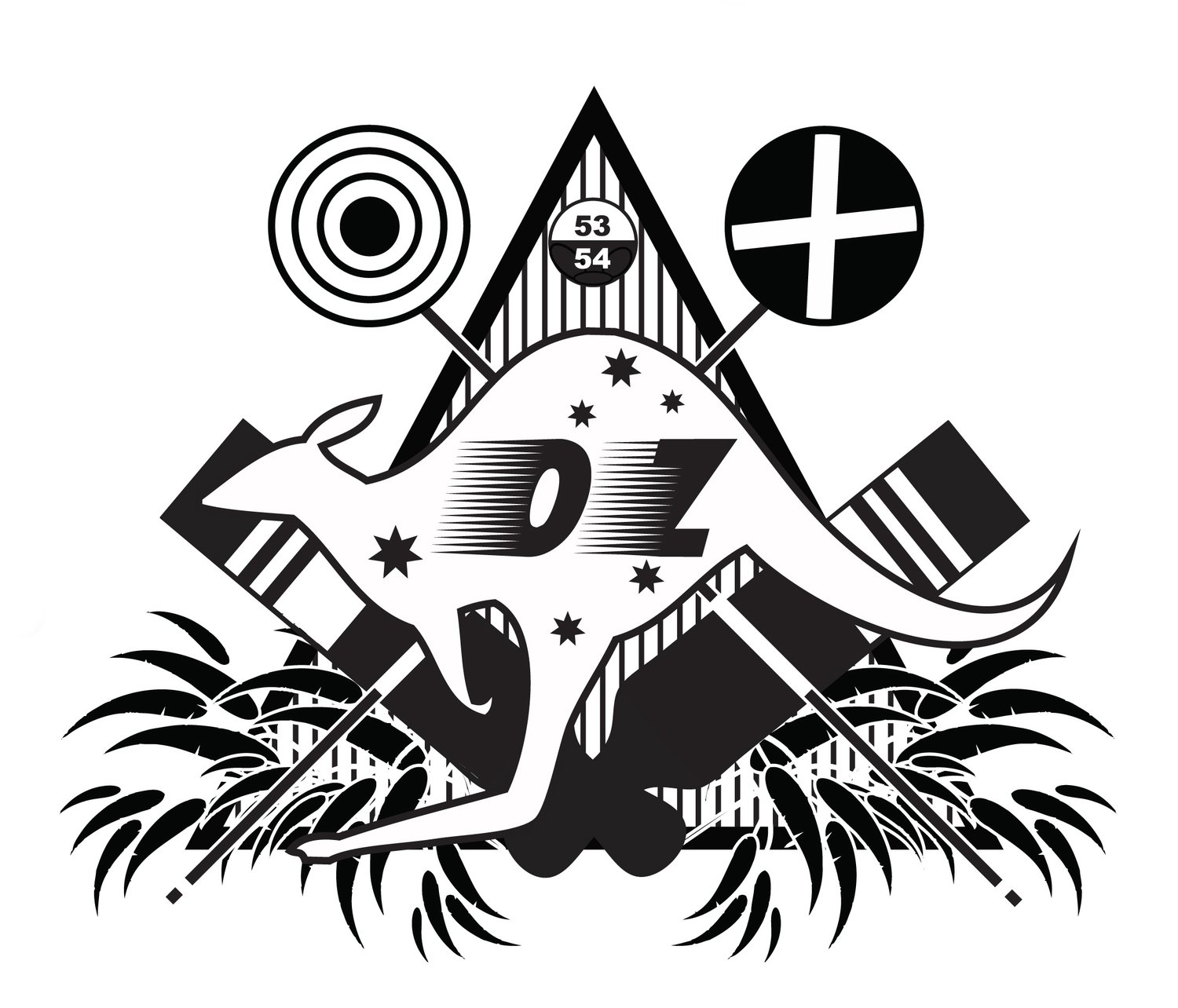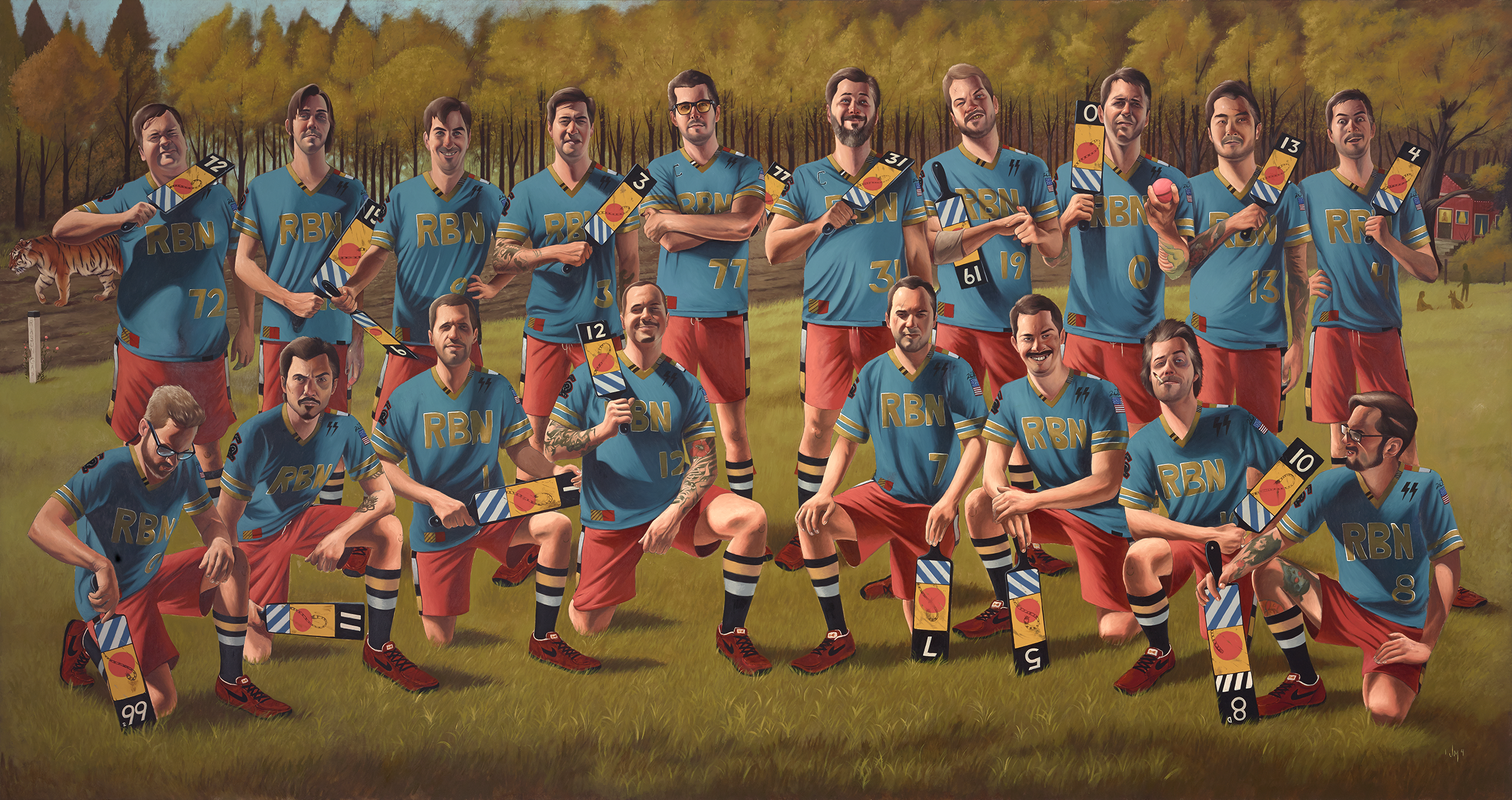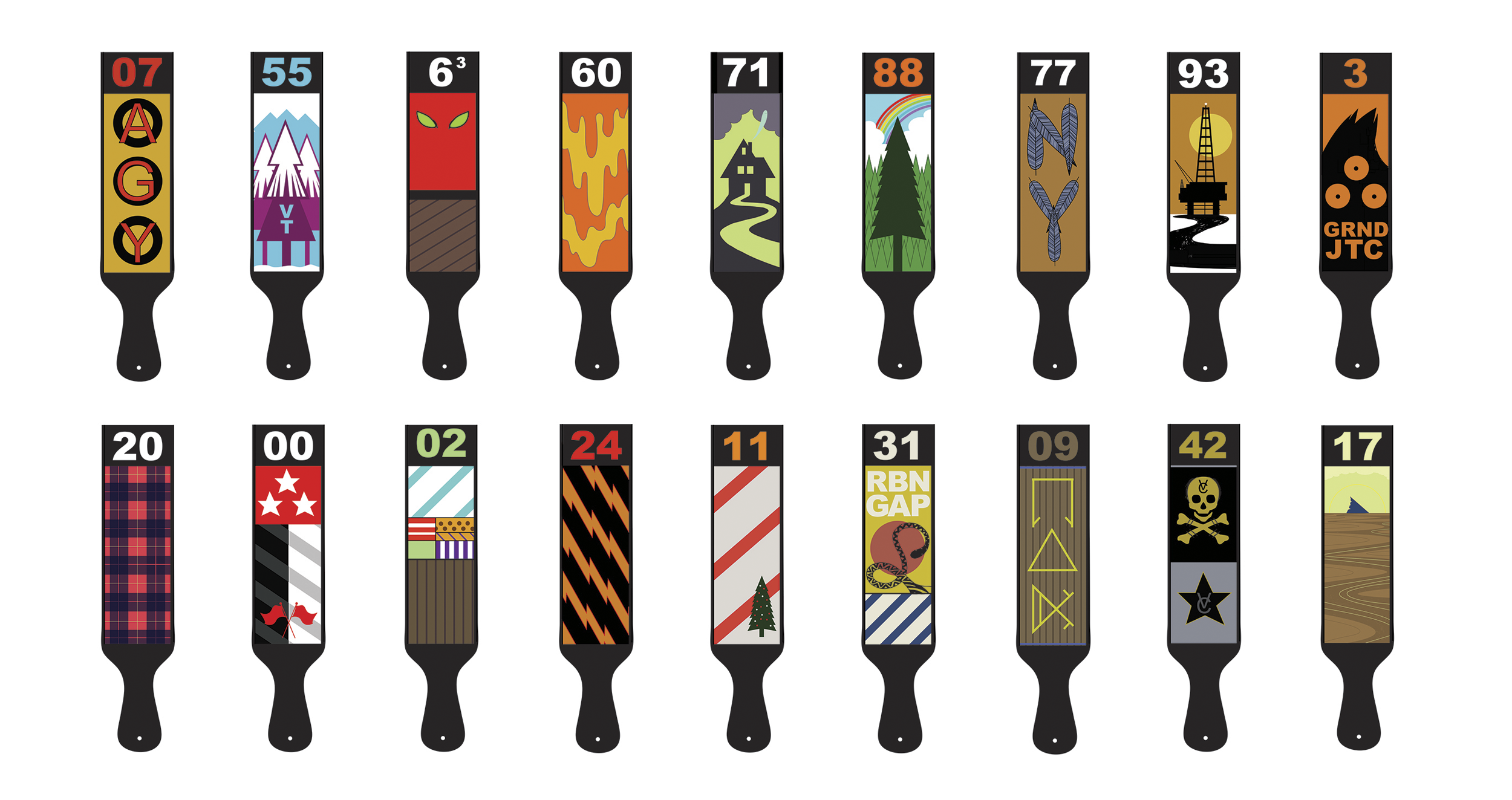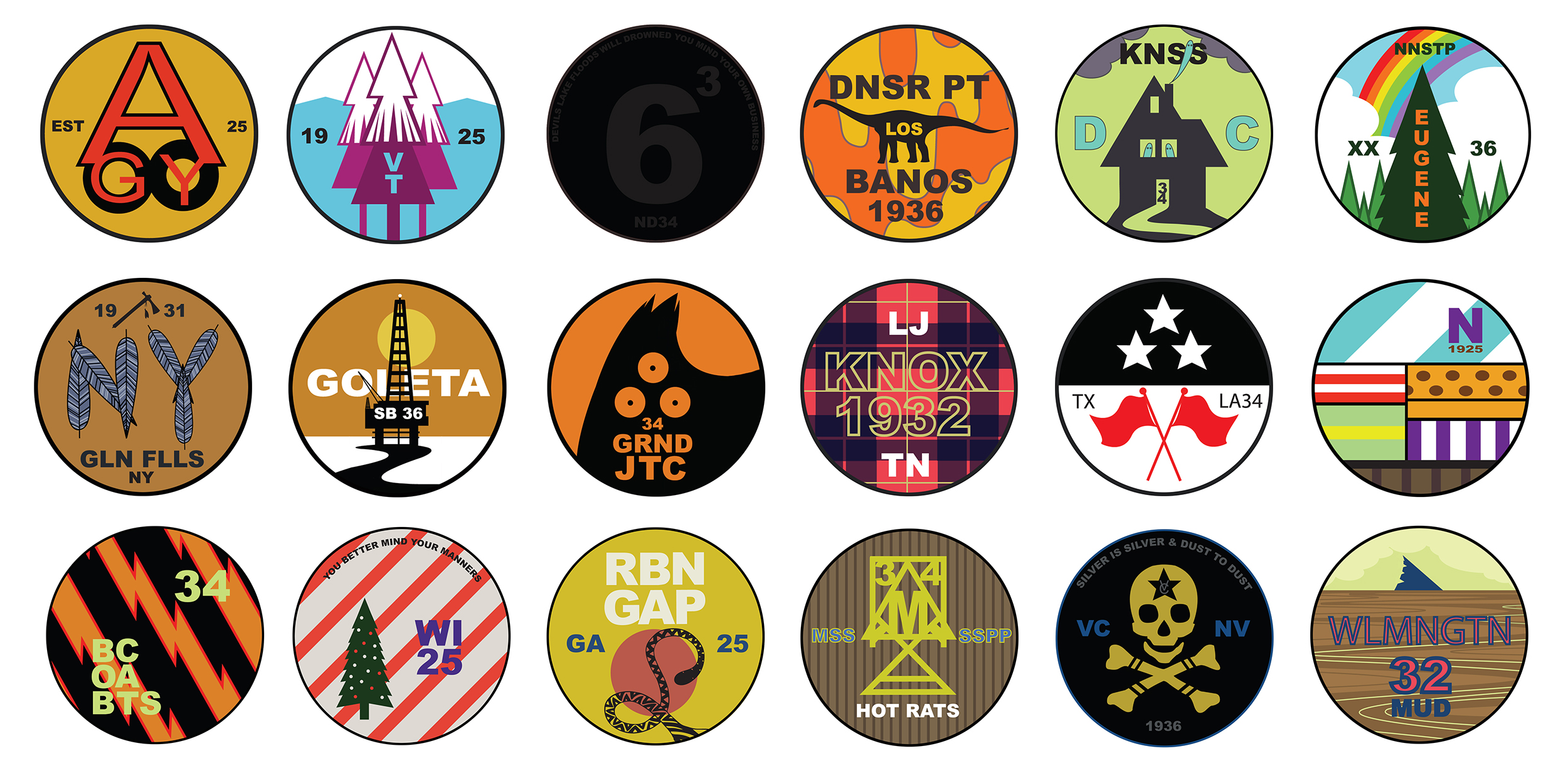Welcome to Prigus Sport
Once considered the most popular sport in America, Prigus captured the hearts of Americans for many years. It was a sport that required pure athleticism and brilliant strategy. The sport provided towns and cities with pride, hope, and entertainment during a time they needed it most.
We’re here to guide you through the almost lost sport of Prigus. Our objective at the Prigus Sport Historical Society is to preserve the rich history and amazing stories that this sport generated over so many years. We hope you enjoy the rich history and learn about Prigus Sport!
Thank you and enjoy, Langston Abernathy, Esq. III.
18 cities across the United States were selected for Prigus teams starting in the East and slowly making their way across the country. The teams originally were established outside the main cities in the smaller market towns because of the size, advertising disputes and zoning restrictions. As the sport grew in popularity so did the towns, Not only did they did grow in population, but more importantly became hotspots and brought attention to the areas. The colleges' academic and sport programs grew and quickly became desirable schools to attend. There were plans to move the teams to the bigger cities, but the pride of ownership and sometimes the backbone of the towns petitioned them to stay. The legal battles continue but there hasn't been any real threat of a team leaving their city anytime soon.
The First Four Teams (1922-1925)
Rabun Gap, Georgia was the birth place of Prigus Sport. The first playable stadium was established in 1922 in the fields of Nacoochee so naturally the next three teams introduced had to be established around where it all started. Between the years of 1922-1925 The Sheboygan Krampus’ playing in Wisconsin, Akron Goodyears representing Ohio, and the Norfolk Pelicans from Virginia were teams introduced in areas that had competing markets, college environments. This was a crucial era where the sport was getting set up and established so planning the first phase of team locations and equal distanced with all roads back back to Rabun Gap was priority.
The Next Wave of Teams (1930-1932)
This growth period of Prigus Sport was the first expansion of the league. Due to the success of the sport and how the communities took to the game, especially in blue collar town towns the league decided to go east and build teams around the four corner stone team. The Burlington Yetis were established in Vermont and down Lake Champlain The Glenn Falls Mohawks playing in New York were created. The two were divisional rivals being so close in proximity. The Wilmington Mudsharks playing in North Carolina and the Knoxville Lumberjacks representing Tennessee were inducted to bridge the gap between the north east coast teams and create a travel route back through Rabun Gap Georgia.
The Big Expansion (1933-1934)
Prigus Sport moves midwest. This period of the league’s expansion was the largest growth until the mid 1960’s. The league’s decision to move midwest was to become more attractive to the college communities. The move was mainly for development and recruiting purposes seeing the success of what the second expansion did for the league. The first two teams were the Tupelo Muroiders out of Mississippi and the Peoria Bobcats playing in Illinois. These two spots were to corner the north and south midwest regions and move the game west where it was completely unheard of. The next four team locations happened in the fall in 1934 with momentum moving west to Dodge City where the Ghosts play in Kansas and as four west as Colorado where the Grand Junction Things play. The more interesting moves west occurred when locations North Dakota where Devil’s Lake Floods play is so close to Canada and down in Laredo where the Flags play in Texas that shares a river separating the Texas from Mexico. The league was seeing interest from colleges and communities in Canada and Mexico and thought that establishing teams close to the boarders was a good move to share the sport with different countries and for further potential expansion in the years to come.
The West Coast Expansion (1936)
Prigus Sport finally arrives to the west coast due to the demand from colleges, public interest and a new recruiting and training facility. The first location was Virginia City Nevada where it hosts The Outlaws. The Outlaws are the only team in the west coast expansion that bridges in the gap to the midwest region. The next big move the league made was negotiating a deal with UCSB was creating a recruiting farm system and draft placement for athletes into the league. The league needed another facility as the league moved west and the only other recruiting/ draft system was in Rabun Gap. With this new establish in UCSB sharing the weight of recruiting, training and drafting athletes led to more involvement and growth in the sport. The league established the Goleta Oilers that play in Isla Vista. The first of the next two teams to be inducted was a mid California farming community based in Los Banos called Dinosaur Point where the Mudmen play and finally moving up north the league wanted to establish a presence in the pacific northwest and founded the Bigfeet in Eugene Oregon.




